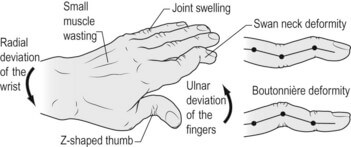Alterations in the relationships between the balanced extrinsic and intrinsic musculature of the hand due to trauma or secondary to the effects of systemic disease may cause the development of functional deformities such as a boutonnière or swan-neck deformity. Swan-neck deformity Boutonniere deformity Deformity PIPJ Hyperextension PIPJ Flexion DIPJ Flexion…
Tag: Internal medicine
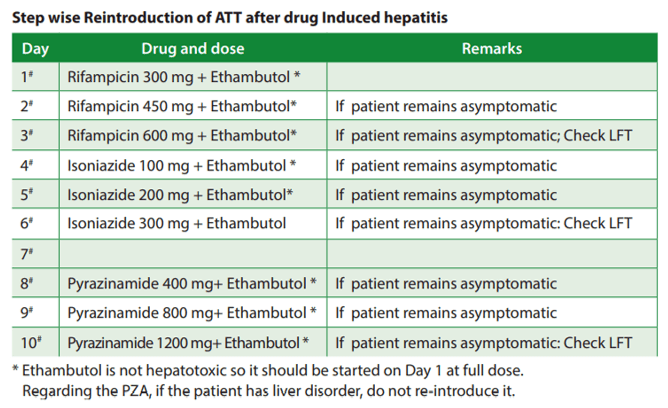
Management of Anti-tubercular therapy (ATT) induced Hepatitis
Definition of ATT induced hepatitis ALT > 3 X Normal + Symptoms OR ALT > 5 X Normal without Symptoms Management of ATT induced hepatitis 1. Hold all TB drugs for 7-10 days. Wait before restarting ATT until: Symptoms: Resolve ALT <2.5 X Normal For severe TB, patients should be…
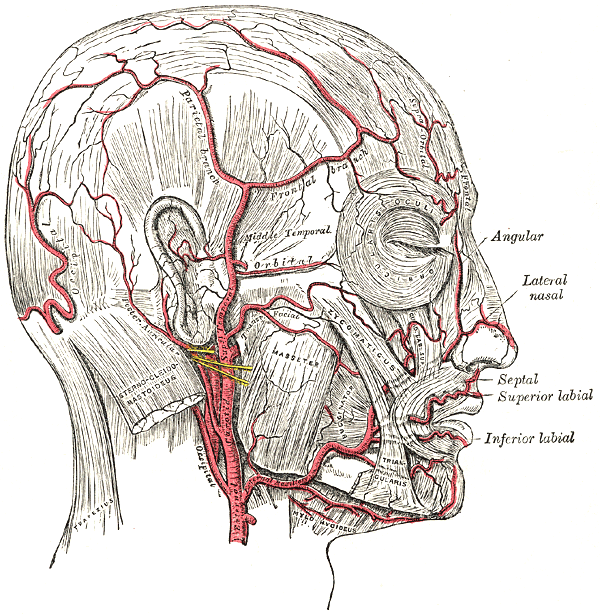
Temporal Arteritis : Mnemonic
The 1990 ACR criteria for temporal arteritis can be remembered using the mnemonic: TEMPL3 T: Temporal artery abnormality (Tenderness or reduced pulse) E: Elevated ESR (50 mm/hr or more) M: Multinucleate giant cells (Present on biopsy) P: Pain (New onset localized headache) L: Later life (Age 50 years or over…

Atropine Induced Paradoxical Bradycardia
Atropine induced paradoxical bradycardia is the sinus bradyarrhythmia following low-dose atropine resulting from the paradoxical slowing in the sinoatrial (SA) node discharge rate. Mechanism of Atropine Induced Paradoxical Bradycardia Central vagotonic effect (blocking M1 acetylcholine receptors in parasympathetic ganglion controlling SA node) of atropine which, at higher doses, is masked…
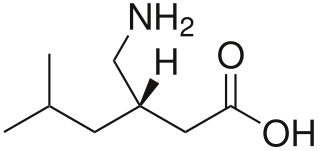
Pregabalin : Pharmacology
Pharmacokinetics After oral ingestion, Pregabalin is rapidly absorbed (Tmax 1.3 hr) Bioavailability is >90% and independent of dose Pregabalin is NOT protein bound Vd is 0.4 L/kg Serum pregabalin concentrations are linearly related to dosage Pregabalin is NOT metabolized Pregabalin is primarily excreted unchanged in urine (98%) with a clearance…
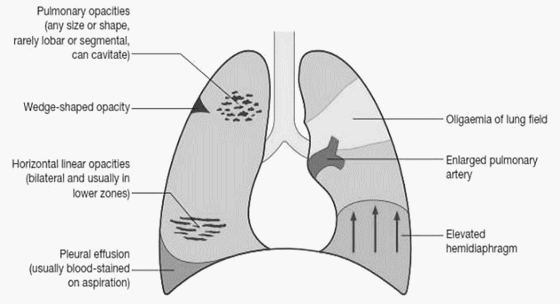
Perioperative Management of Venous thromboembolism (VTE)
Recommended duration of anticoagulant prophylaxis The recommendations are as follows: 1. Provoked DVT (with reversible surgical or nonsurgical provoking factor): 3 months 2. Unprovoked isolated distal DVT (has low risk of recurrence): 3 months 3. Unprovoked proximal DVT or PE: Indefinite therapy if D-dimer positive after 1 month after 3 months of therapy or second VTE…
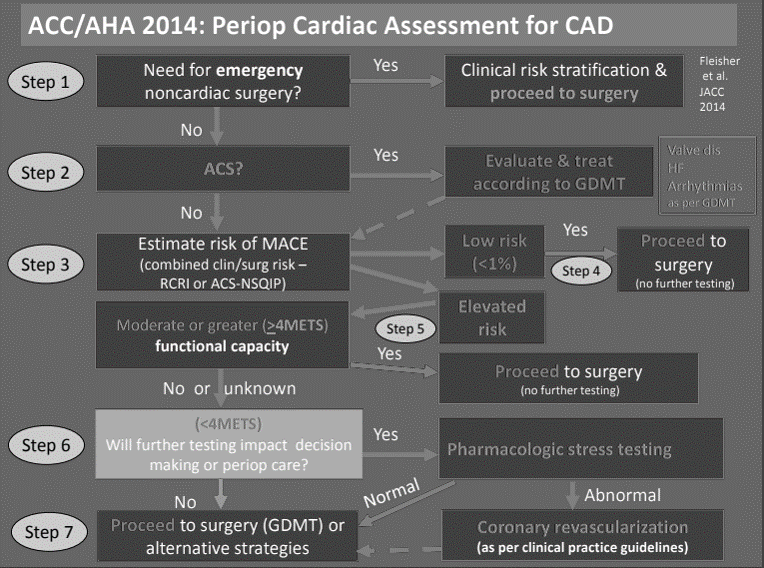
Preoperative Cardiac Evaluation in Non-cardiac Surgery : Mnemonic
Besides, for the emergency/urgent surgeries, one needs to evaluate 4 variables in the preoperative cardiac evaluation of the patient for the non-cardiac surgery. We have elaborated the mnemonics used by CasesBlog. These variables can be remembered by the mnemonic PAST. Patient risk Activity level (METs) Surgical risk Test (Stress test)…
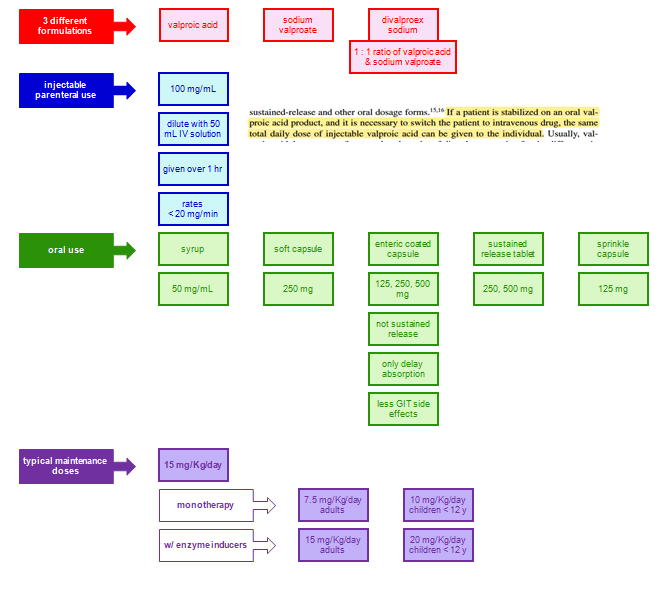
Valproic acid (Valproate) : Pharmacology
Dosage and Absorption VPA is absorbed through the small intestine, and delayed- and extended-release forms are designed to extend the dosage interval and bypass the stomach to reduce dyspepsia. The liquid and tablet forms have a more than 10-fold higher absorption rate constant than the extended-release forms and peak at…
